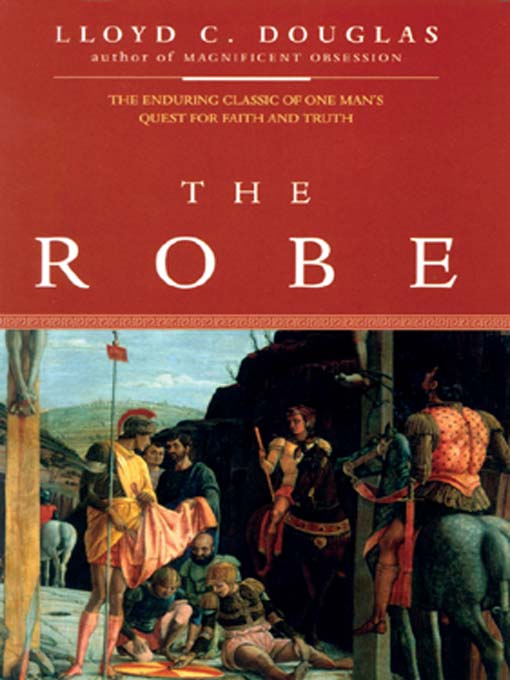by John Hartl
Parallax View

Whatever you think of the biblical blockbuster, The Robe, there’s no question that its phenomenal popularity marked a turning point in movie history.
Twentieth Century-Fox, which previously treated it rather shabbily on DVD, tape and laser disc, is finally recognizing its significance with a Blu-ray Special Edition that’s loaded with extra features. Among them: a featurette about the history of CinemaScope, a discussion of the script’s political implications, and an enthusiastic introduction by Martin Scorsese, who vividly remembers the impact it had at the time.
Just weeks after The Robe’s much-ballyhooed debut as the first Scope release in the fall of 1953, the movie was challenging Gone With the Wind by setting new box-office records, and theater managers were widening their screens and beefing up their sound systems.
Before the year was over, Scope had won the battle over screen shape and size, and even movies designed to be “square,” like Shane, were stretched and distorted to suggest a panoramic effect. A few major-studio films, including the Judy Garland remake of A Star Is Born, were partially reshot to take advantage of the new process.
The Robe led the way in replacing small screens and transforming monophonic sound systems. Although some critics suggested that wide screens were suitable only for photographing snakes and funerals, and Charlie Chaplin and Frank Tashlin made fun of Scope in their late-1950s films, the system eventually had an artistic impact. Hollywood’s famous 1950s spectacles and musicals were affected, and so were such meticulously designed wide-screen classics as La Dolce Vita, The Innocents, Jules and Jim and most of Robert Altman’s movies.
But it wasn’t a first. Abel Gance had experimented with a Cinerama-like sequence in 1927’s Napoleon, and Raoul Walsh used an early 70mm process called “Grandeur” when he cast John Wayne in 1930’s The Big Trail. Disney had made imaginative use of stereo in 1940’s Fantasia. Box-office disappointments all, they failed to capture the public’s interest.
To Read the Rest of the Review

No comments:
Post a Comment